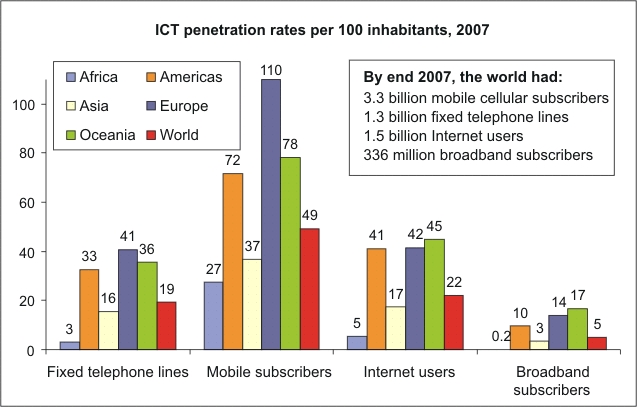a) What are the four main points Michael Rappa makes about search?
- The first main point Michael Rappa makes about search is that nowadays, as data collection and storage is more and more cheap, there is through Internet a lot of information available. The vast amount of information/data collected on this digital world leads to an enormous database in which people can access to. Moreover, with data being not expensive this causes a lot of data/information on the internet not necessarily being significant.
- Secondly, search engine is a collection mechanism for adding data into that database. The fact that The data on the internet increases everyday, it is difficult for the collection mechanisms for search engines to crawl and collect all of the information that’s out there. That is the reason why databases represent just a portion of the vast amount of digital information. Finally, Search engines do not always have every part of data that is available on the internet.
- Thirdly, search engine is a search protocol that enables users to query the database. Indeed, users are unaware of how to narrow their search which would result in more accurate results because some of them are not aware of ways to search to their best advantage. They generally put a word, or a question, or a few words in the toolbar on a search engine. To resume, a search engine is composed of a database, and there has to be some mechanism for collecting that data and the search protocol is used to query the database. So "never trust a computer, a computer is a machine" (Pr. Amir DHIA).
- Finally, the fourth main point that Michael Rappa makes about search, it’s the ranking algorithm that determines how the results are presented to the user. That is determine the order of the list of result after people have searched for a key word or phrase.There are generally millions of websites in the list of result. Often the first page result is paid placement.
Another interesting point that Marissa Mayers talked about is that Google uses everyone's ideas even if it comes from an employee whatever his position. It is an ineresting point for a business to have recognition for an employee that can leads to better productivity and satisfaction in the company. ("you know every Googler has an idea. Googlers are what we call the Google employees. Every Googler has an idea as to something that’s not being done right now that could be done" - Marissa Mayers)
In my opinion when Marissa Mayers point out the fact that all business starts with an idea and ideas comes from everywhere, I'm really totally agree with her. From my personal point of view, a company has to be open-minded to anything and above all on their customers. That is the way to improve a product/service by listening everyone's ideas.
Finally, the last point that is significant for the business is when Marissa Mayers states "there is a lot of different elements of the culture that have really fostered innovation". The main point of this is that they like to work with really small teams. Indeed, work with a small teams is more efficient than to work in a large one. I think this concept is a gain of time in terms of work achievement and it's easier to communicate between group member. In that case employees are more agile and more involve on their work.
Part 2 - History of the Internet
a) So what are the 6 webs?
- The“far” web as defined by the typical TV viewer experience.
- The “near” web or desktop computing.
- The“here” web or mobile devices with personal information one carried all the time.
- The “weird” web characterized by voice recognition systems.
- The “B2B” web of business computers dealing exclusively with each other.
- The“D2D” web of intelligent buildings and cities.
I think the 6 webs cover all kind of digital technologies but in the future there is maybe the "reality" web that is to say web through a hologram (like R2D2 in Star Wars, cf: http://www.youtube.com/watch?v=jLx0BCjtxx8)
c) What does it mean for business?
This means businesses have to remain constant and innovative in order to adapt to changes in the future.
